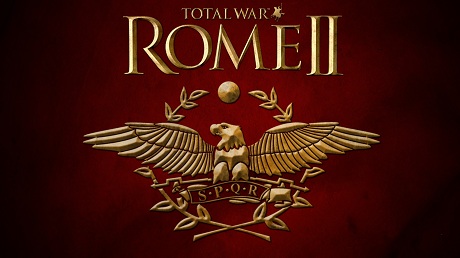Heavy Raider - Falxmen
Strong warships, constructed to withstand the worst the sea can throw at them.Falxmen give all enemies pause: who wants to be cut in two with a single blow?
Most of the northern European tribes were not naval powers, but there were still able seafarers to be found amongst them. Shipbuilding techniques were well understood, so while many vessels were small leather-skinned boats for inland and inshore use, bigger sea-going vessels were also made. Shipwrights used heavy planking for hulls, stitched together and then fastened to a wooden skeleton to create sturdy craft able to cope with Atlantic conditions. Julius Caesar was surprised at the quality of the enemy ships when his fleet clashed with the Veneti from modern-day Brittany. The Veneti vessels had flat bottoms to cope with shallows, but were also of heavy oak construction to cope with rough seas. This made them tough opposition for Roman galleys, and capable of shrugging off a ramming attack. Caesar said that the enemy ships "...were constructed of planks a foot in breadth, fastened by iron spikes the thickness of a man's thumb; the anchors were secured fast by iron chains instead of cables”. When the Romans were forced to board, they faced fearsome warriors used to close-quarters fighting at sea.
(Falxmen)
The exact origins of the Dacians are something of a mystery. Dacian lands were centred around the Carpathian Mountains but, unlike their Thracian neighbours, they seldom got involved in the conflicts of others. The Dacians fought almost entirely on foot, and usually looked to their Sarmatian allies when serious cavalry were needed. Many Dacian infantry fought as peltasts, equipped with javelins, short swords and oval shields, but they also fielded archers. However, the Dacians were most feared because of a weapon called the 'falx', which they used with deadly, limb-lopping skill. A two-handed sword with a forward-curving blade, a falx could cut a man in two from the top of his head to his breastbone. This weapon was so effective that the Romans improved their legionary armour to cope with it. The brow-ridge on later legionary helmets was there to stop a blow from a falx. Rome’s eventual victory in the Dacian Wars (AD101-106), celebrated by Trajan’s Column, finally dealt with the warlike Dacian tribes once and for all.
日本語化: JapanTotalWarとは
Unit Name Heavy Raider - Falxmen |
Main Unit Key Dac_Falxmen_Raider |
Land Unit Key Dac_Falxmen |
Naval Unit Key barbarian_heavy_raider |
Soldiers 120 |
Category Medium Ship |
Class 近接艦 |
Custom Battle Cost 710 |
Recruitment Cost 710 |
維持費 142 |
Ship Health 1290 |
└ Ship barbarian_heavy_raider |
Ship Speed 3 |
Melee Attack 38 |
Weapon Damage 39 |
├ Melee Weapon rome_falx |
├ Melee Damage Base 25 |
├ Melee Damage Ap 14 |
├ Armour Piercing Yes |
├ Bonus vs. Large 15 |
├ Bonus vs Elephants 15 |
└ Bonus vs Infantry 0 |
Charge Bonus 48 |
Melee Defence 11 |
├ Base Defence 11 |
├ Shield none |
└ Shield Defence 0 |
Armour 10 |
├ Armour cloth |
├ Armour Defence 10 |
└ Shield Armour 0 |
Health 50 |
├ Man Entity rome_infantry_medium |
├ Man Health 40 |
└ Bonus Hit Points 10 |
Base Morale 40 |
Abilities
Heavy Raider- Row Hard 20
Increases speed for 20 strokes.
Ship speed
Attributes
- 潜伏 (森)
この部隊は、敵がすぐそばに接近するまで森に潜伏する事ができる。
Strengths & Weaknesses
Heavy Raider- Very good hull strength
- Medium crew
- Average speed
- Average ramming
- Very good boarding
- Good charge and attack
- Good damage and armour penetration
- Weak defence
- Average morale
| Faction Availability | |
|---|---|
| グランドキャンペーン | |
| Imperator Augustus | |


 English
English Français
Français Italiano
Italiano Deutsch
Deutsch Español
Español Русский
Русский Čeština
Čeština Polski
Polski Türkçe
Türkçe 简体中文
简体中文 正體中文
正體中文
